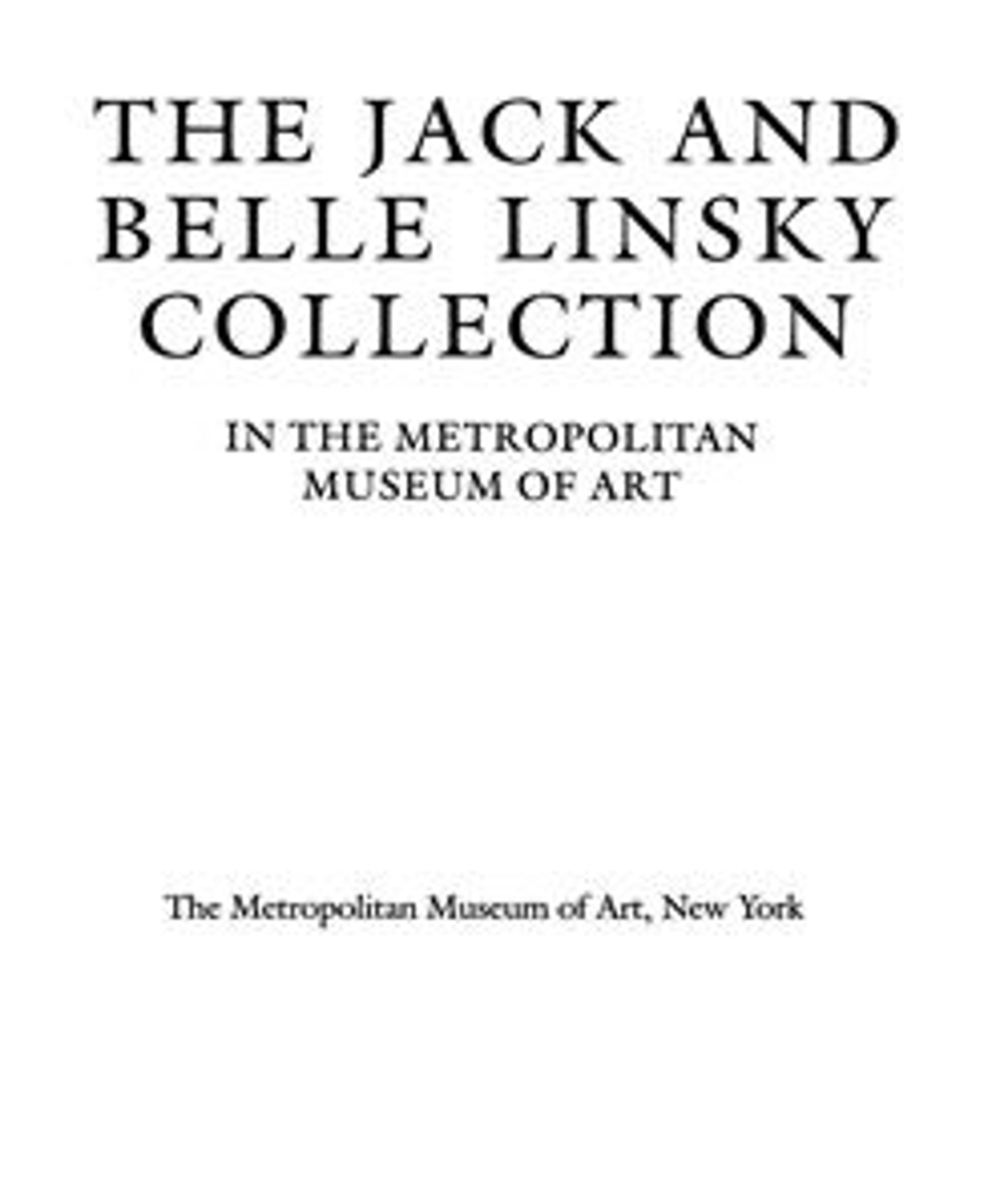Virgin of the Immaculate Conception
The model is attributed to Neu by Ernst Kramer and considered by him to have originated about 1770; it is mentioned in the factory records in 1786. Of the fourteen examples of the model that have been notes, three—this one and two others in the Cooper-Hewitt Museum, New York, and the Schloss Fasanerie, Fulda—share a marked similarity in details of decoration and palette, and in all three the globe on which the Virgin stands depicts the Four Continents. The pedestal of the Schloss Fasanerie version bears the same letters, and the figure, like this one, is marked with a cross. The Cooper-Hewitt example is marked with a crowned double f, the mark that replaced the cross at Fulda in 1781, thus implying a date of about 1781 for all three.
The halo of twelve stars and the lily branch are not original, but may be considered as substitutions rather than additions. The backs of this figure and of another in the Untermyer Collection in the Metropolitan Museum (64.101.331a, b) are pierced vertically in three places with circular holes into which glaze and decoration have spilled; they were apparently intended to accommodate the more usual mandorla of the Immaculate Conception, of which one appears on a version of the figure in the Museum für Kunst und Gewerbe, Hamburg.
The halo of twelve stars and the lily branch are not original, but may be considered as substitutions rather than additions. The backs of this figure and of another in the Untermyer Collection in the Metropolitan Museum (64.101.331a, b) are pierced vertically in three places with circular holes into which glaze and decoration have spilled; they were apparently intended to accommodate the more usual mandorla of the Immaculate Conception, of which one appears on a version of the figure in the Museum für Kunst und Gewerbe, Hamburg.
Artwork Details
- Title: Virgin of the Immaculate Conception
- Manufactory: Fulda Pottery and Porcelain Manufactory (German, 1764–1789)
- Modeler: Wenzel Neu (German, ca. 1708–1774)
- Date: ca. 1781
- Culture: German, Fulda
- Medium: Hard-paste porcelain
- Dimensions: Height: 14 5/16 in. (36.4 cm)
- Classification: Ceramics-Porcelain
- Credit Line: The Jack and Belle Linsky Collection, 1982
- Object Number: 1982.60.182
- Curatorial Department: European Sculpture and Decorative Arts
More Artwork
Research Resources
The Met provides unparalleled resources for research and welcomes an international community of students and scholars. The Met's Open Access API is where creators and researchers can connect to the The Met collection. Open Access data and public domain images are available for unrestricted commercial and noncommercial use without permission or fee.
To request images under copyright and other restrictions, please use this Image Request form.
Feedback
We continue to research and examine historical and cultural context for objects in The Met collection. If you have comments or questions about this object record, please complete and submit this form. The Museum looks forward to receiving your comments.
